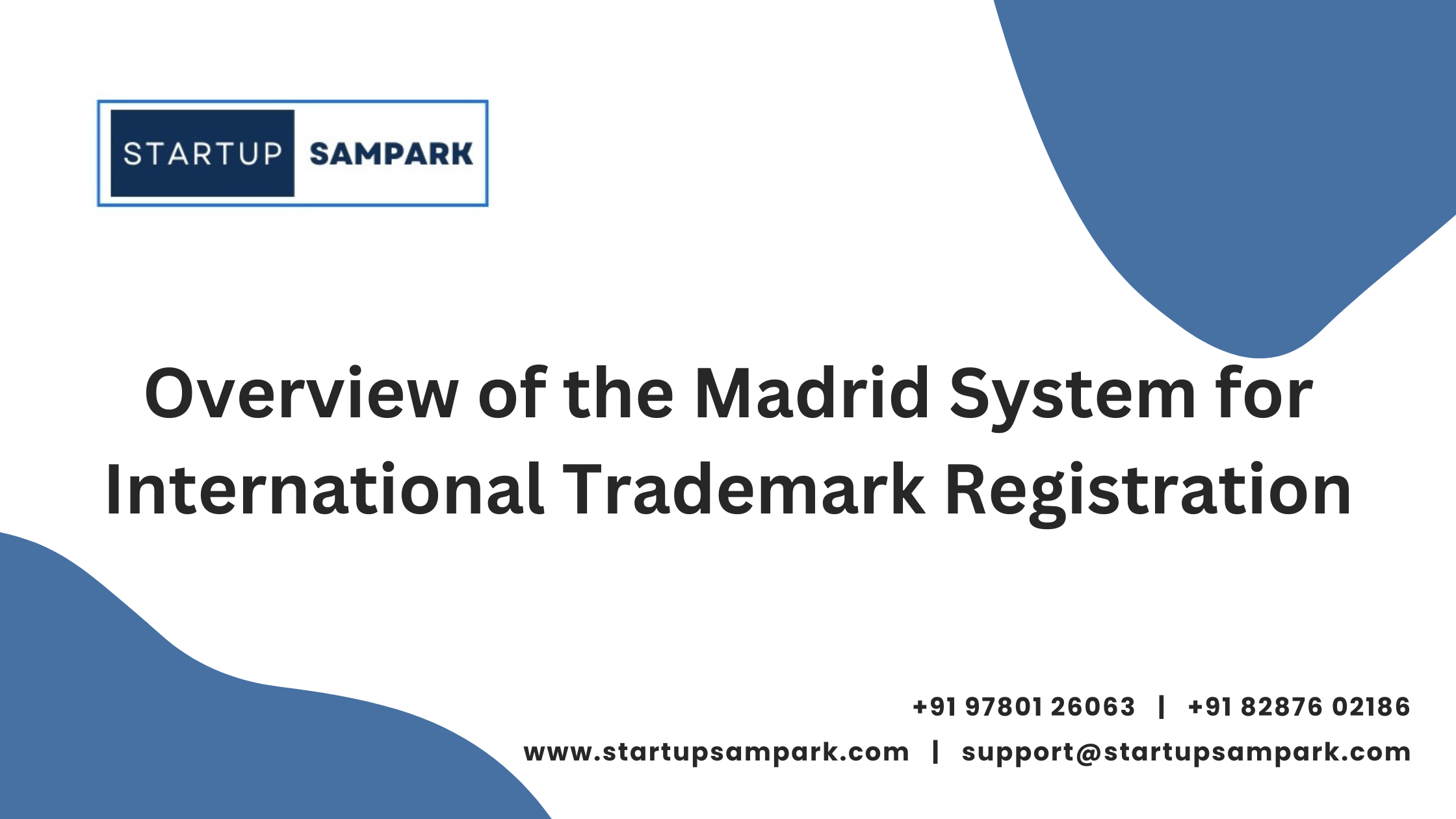Overview of the Madrid System for International Trademark Registration
The Madrid System, officially known as the Madrid System for the International Registration of Marks, offers a streamlined and cost-effective way for businesses to obtain trademark protection across multiple countries. Managed by the World Intellectual Property Organization (WIPO), this system simplifies the process of securing international trademark rights, allowing trademark owners to file a single application that can be extended to multiple member countries. This centralized approach reduces the complexity and expense of filing separate applications in each jurisdiction where protection is sought.
The Madrid System operates under the Madrid Agreement and the Madrid Protocol, two international treaties designed to facilitate global trademark registration. The Madrid Protocol, which is the more recent and widely adopted of the two, provides more flexible and user-friendly provisions compared to the Madrid Agreement. It allows for a broader range of member countries and offers a more modern and efficient framework for managing international trademarks.
The registration process under the Madrid System begins with filing an international application based on an existing national trademark registration or application. This base registration, known as the “basic mark,” must be in force for the international application to be valid. The international application is filed through the national trademark office of the applicant’s home country, which then forwards it to WIPO. WIPO examines the application to ensure it meets the formal requirements and then publishes it in the International Register.
Once the application is filed, the trademark owner can designate the countries where they seek protection. The Madrid System covers a wide range of countries, including major markets like the United States, the European Union, China, and Japan. Each designated country will then conduct its own examination of the trademark according to its national laws and may grant or refuse protection based on local criteria. The trademark owner benefits from the simplicity of the Madrid System by dealing with a single application process rather than navigating the individual procedures of each country.
One of the major advantages of the Madrid System is its cost-effectiveness. Rather than paying separate fees for each country, the international application involves a basic fee plus additional fees for each designated country and class of goods or services. The basic fee is set by WIPO, while the fees for designated countries are determined by the individual countries’ regulations. This structure helps businesses manage their budget more effectively, especially when seeking protection in multiple jurisdictions.
In addition to the initial registration fees, there are ongoing costs associated with maintaining and renewing international trademarks. The Madrid System requires periodic renewal of the international registration, typically every 10 years. The renewal process involves paying a fee to WIPO, as well as any additional fees required by the designated countries. This renewal process ensures that the trademark remains in force and continues to be protected across the designated jurisdictions.
Despite its advantages, the Madrid System is not without its challenges. One of the primary considerations is the complexity of managing international trademarks. While the Madrid System simplifies the application process, trademark owners must still navigate the distinct legal requirements and practices of each designated country. This can involve addressing office actions, oppositions, or refusals in various jurisdictions, which may require local legal expertise.
Another challenge is the potential for refusals based on local laws and regulations. Each designated country has its own criteria for assessing trademarks, and the trademark may be refused in specific countries even if it is granted protection elsewhere. It is essential for businesses to conduct thorough searches and understand the legal landscape in each jurisdiction where protection is sought to mitigate the risk of refusals and oppositions.
The Madrid System also offers the benefit of managing changes to the international trademark registration efficiently. For instance, if a trademark owner needs to update their details, such as a change of name or address, or if they wish to extend protection to additional countries, these changes can be made through a single administrative process with WIPO. This centralization helps streamline the management of an international trademark portfolio and reduces the administrative burden on the trademark owner.
In summary, the Madrid System provides a valuable tool for businesses seeking to protect their trademarks internationally. By offering a unified application process and cost-effective structure, it simplifies the complexities of global trademark registration and management. However, navigating the system requires careful consideration of the specific requirements and challenges associated with each designated country. With proper planning and understanding, businesses can effectively leverage the Madrid System to secure and maintain trademark protection across multiple jurisdictions, safeguarding their brand on a global scale.
Trademark
-
 MSME Registration₹1,180.00
MSME Registration₹1,180.00 -
 GST Registration₹2,360.00
GST Registration₹2,360.00 -
 Trademark Registration₹7,450.00
Trademark Registration₹7,450.00

















Post Comment